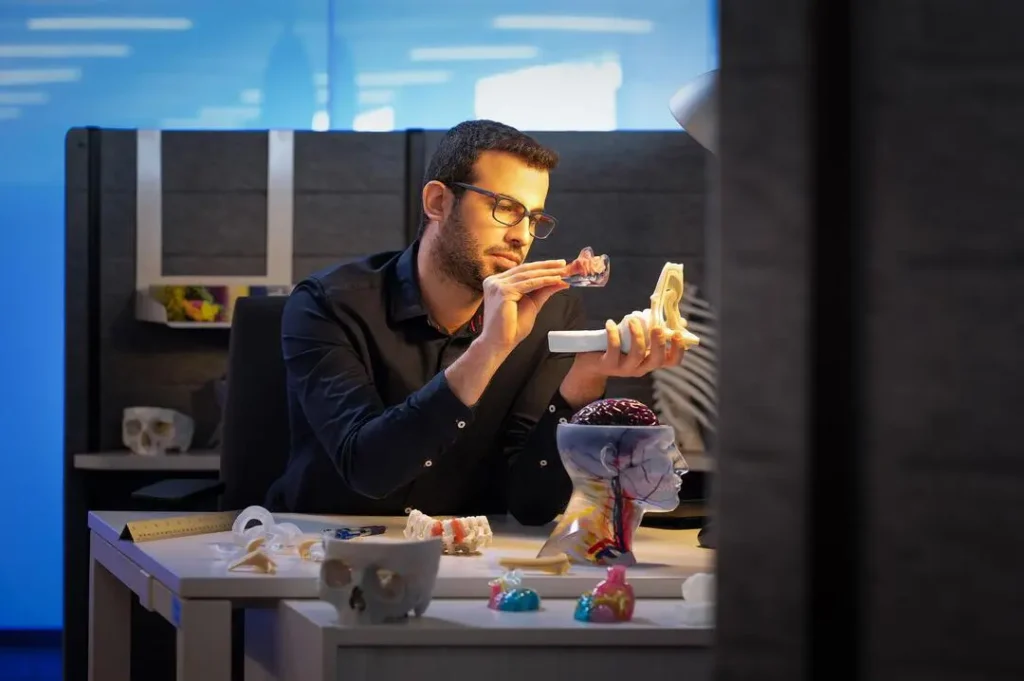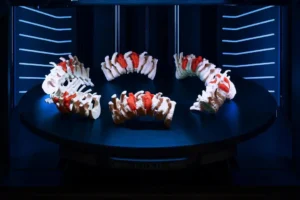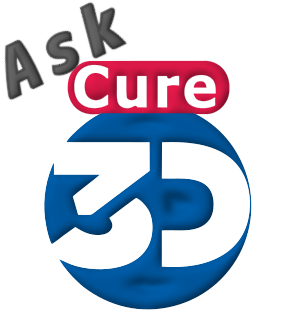The human body is a marvel of intricate complexity. Mastering its anatomy is a cornerstone of medical education and a continuous learning journey for healthcare professionals. 3D printing technology is revolutionizing this landscape by offering a new generation of anatomical models – realistic, interactive learning tools that are transforming the way students and professionals grasp human anatomy.
Beyond the Textbook: The Advantages of 3D Printed Models
Traditional anatomical models, such as static plastic replicas or cadavers, have limitations:
- Limited Availability: Access to cadavers can be restricted due to ethical considerations or cost.
- Static Representation: Traditional models lack the ability to depict variations or pathologies relevant to real-world scenarios.
- Deterioration: Cadavers and some traditional models deteriorate over time, impacting their educational value.
3D Printed Models: A Breath of Fresh Air in Medical Education
3D printing offers a dynamic and engaging alternative:
- Accessibility: 3D models can be readily produced based on digital scans, ensuring wider access for students and professionals.
- Customization: Models can be tailored to specific needs, allowing educators to focus on anatomical variations or pathologies.
- Durability: 3D printed models are long-lasting and resistant to deterioration.
- Interactivity: Certain models can be segmented, allowing for exploration of internal structures in a way static models cannot.
Enhancing Learning Outcomes: How 3D Models Benefit Students and Professionals
3D printed models offer several advantages for medical education:
- Improved Spatial Understanding: The ability to physically manipulate a 3D model fosters a deeper understanding of anatomical relationships.
- Enhanced Visualization: Complex structures can be visualized from various angles, improving comprehension.
- Practical Training: Surgeons and other medical professionals can practice procedures on 3D models before operating on real patients, increasing confidence and reducing potential complications.

The Future of 3D Printed Models in Medical Education
The potential of 3D printing in medical education is vast:
- Integration with VR/AR: Combining 3D models with virtual or augmented reality can create immersive learning experiences.
- Bioprinting Advancements: The future may hold bioprinted models incorporating realistic tissues for an even more lifelike learning experience.
Revolutionizing Medical Education, One Model at a Time
3D printing technology is revolutionizing medical education by providing students and professionals with dynamic, accessible, and interactive anatomical models. These innovative tools enhance learning outcomes, fostering a deeper understanding of the human body and preparing future generations of medical professionals for success.
Ready to explore the world of 3D printed anatomical models?
Ask our mascot or search in our website for terms like “3D printed anatomy models for medical students” or “3D bio-printed models for healthcare professionals” to discover how this technology is shaping the future of medical education. Check our website for further details Cure with 3D.




